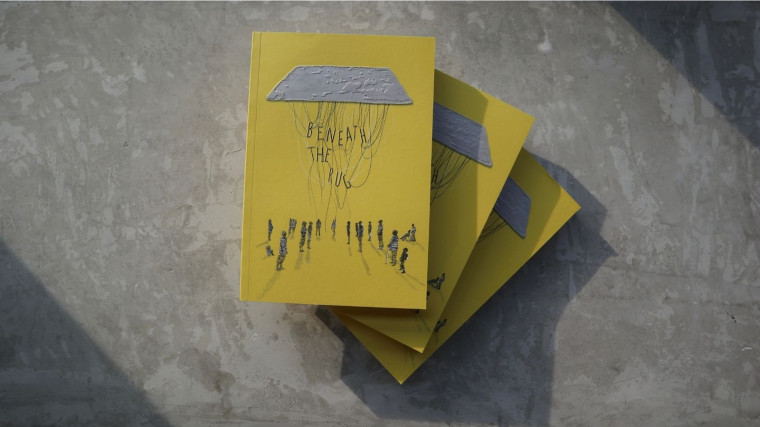|
Audio Version Available
|
“Food is an easy medium for conveying our intentions. When we pass our friends a snack that we specially bought for them from overseas, we are saying, “Hey, I thought of you while I was away!” When we partake in meals together, we are showing up and being present for them. To our friends and family, our giving is generous — abundantly so.
Our giving to the less fortunate however, can sometimes look a little different — a little more measured, reserved and conditional.
One of my earliest experiences of this was in primary school, when I met an elderly uncle begging for money. He said he was hungry. I shook my head and walked off.
Later, I asked my dad if I should have given my money to the uncle. In reply, my dad said that it is good to want to help others, but if you meet someone begging for money, you should offer them some food instead — like a char siew pau. Just in case they take your money and use it to buy cigarettes.

This made sense to me as a kid. It was only much later that I started to question this advice. Is it right of me to assume the less privileged would use my money for vice? What if he was genuinely hungry but does not like char siew pau?
Our assumptions about the less fortunate will colour our giving. Many, if not all of us, would agree that no one should go hungry in Singapore. But if we dig a little deeper, we would realise that tackling food insecurity is not so straightforward, because the issue is value laden and abounds with paradox.
For instance, when providing low-income beneficiaries with food, should we prioritise autonomy and variety in their food choices, or food that most efficiently meets their daily recommended nutritional requirements?
Can we understand that there are times when low-income families want to have fast food due to convenience or the need to decompress after a trying day, and that this is no different from our occasional indulgence in bubble tea and the like?”
————
This above passage is an extract from a piece by a policymaker who has experience working at a social service office, from our latest book Beneath The Rug.
The book aims to tell stories that we seldom hear of in the social sector — of the dilemmas and difficult choices that social workers and volunteers have to make, almost on a daily basis, when working with their beneficiaries.
At Solve n+1, we believe in changing the world by serving businesses, governments, and NGOs through strategic multi-sector collaborations.
When Beneath the Rug was first conceived, the question we asked ourselves was — “why should people care?”.
Like many others, we sometimes find ourselves frustrated by the community’s inaction in the face of ever-growing challenges and increasing vulnerability.
But before the pessimism sets in, let me state my firm belief that Singaporeans are kind.
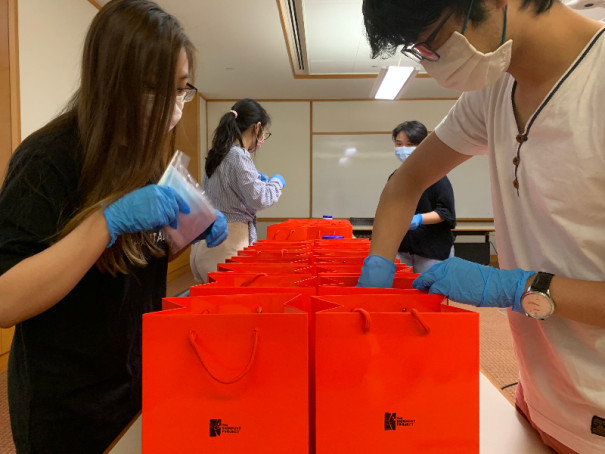
Many volunteer (or want to) regularly. The National Volunteer and Philanthropy Centre’s Individual Giving Survey in 2018 found that nine in 10 Singaporeans displayed a strong intention to give.
Where there is a pertinent social issue that requires addressing, Singaporeans can be counted on to step up. People do care, period.
Complex issues
But I must confess that there is often a twinge of frustration in the air when the same social issues emerge over and over again. Sometimes, the issues at hand may be so complex that no simple solution, or single person, can adequately address them.
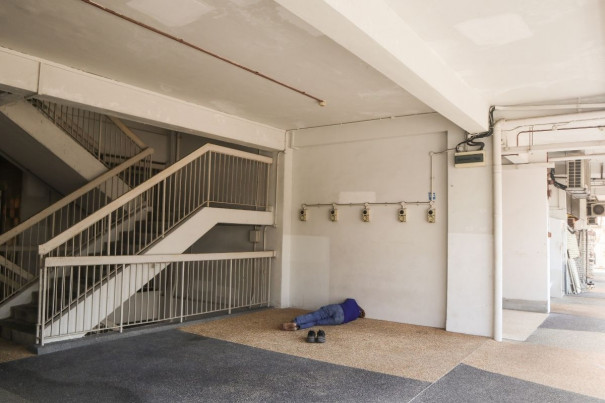
Let’s take the issue of homelessness as an example. Singapore has one of the highest, if not the highest, rates of home ownership in the world today. Yet in end-2019, a study found that there were approximately 1,000 rough sleepers across Singapore.
We are fortunate that there are community partners, government agencies and volunteers, who actively work to provide assistance and intervene where necessary. But while the potential solutions are there, execution takes time — and sensitivity.
I once met a homeless man who had been rough sleeping for a number of years. Estranged from his wife, he had not spoken to her for over five years. On paper, he was not homeless, and had a marital flat that he continued to share with his spouse. He was also firm on not getting a divorce.
How should we respond? Should we first focus on finding shelter for this man out of compassion for his family woes, or find ways and means to facilitate family reconciliation (or an amicable separation)?
This was when I realised that a purely issue-based approach for volunteerism may not be able to fully support the interwoven issues that a beneficiary might face.
This example illustrates the fact that homelessness in Singapore is a manifestation of deep-rooted issues, which I could only find out after multiple attempts at engagement and conversation.
And it is not just homelessness too. This complexity applies to myriad other sectors of need.
The society we live in is messy and complex, and the urge to help is oftentimes complicated by other factors.
Who helps the helpers?

Unfortunately, even the givers may themselves be struggling. In the course of our interviews for Beneath The Rug, we learnt that burn-out was a recurring theme.
The Singapore Teachers’ Union saw a tenfold increase in sign-ups for its mental wellness talk on depression and burnout in 2021, and a study led by Professor Seng Boon Kheng from the Singapore University of Social Sciences found that more than half of frontline social workers surveyed have mild to severe anxiety.
Our social workers adhere to strict confidentiality rules and hold themselves to high professional standards, out of respect for and to safeguard clients. Yet this could also mean that they struggle to share their professional challenges beyond the work setting.
Covid-19 has disproportionately affected the vulnerable and the care sector has had to shoulder a heavier responsibility above the norm. Today, this crisis is non-discriminate, and the space for us to step up has never been greater.
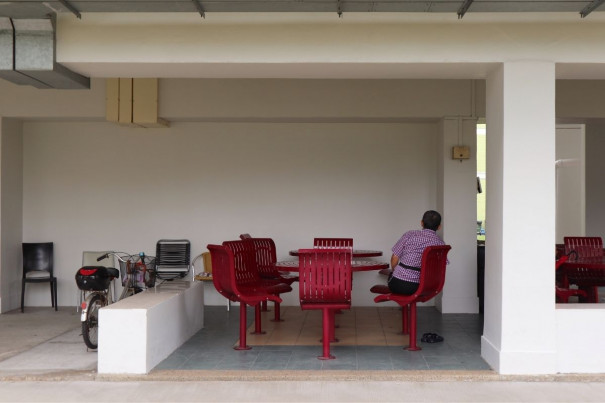
How can we do so meaningfully, while keeping in mind that each of us have our own struggles?
Our communities need to first collectively learn more about each other and the issues we face in order to face them together.
Beneath the Rug is an invitation for people to share what they wish others to hear. Likewise, it is also a platform to listen. We believe that stories are a powerful tool to foster empathy; which can build relationships for more thoughtful assistance and uplifting.
We hope that people learn that giving is not necessarily a “selfless” act — one that requires them to expend extra effort and resources to provide for the more vulnerable at the expense of their own selves.
Other stories you might like

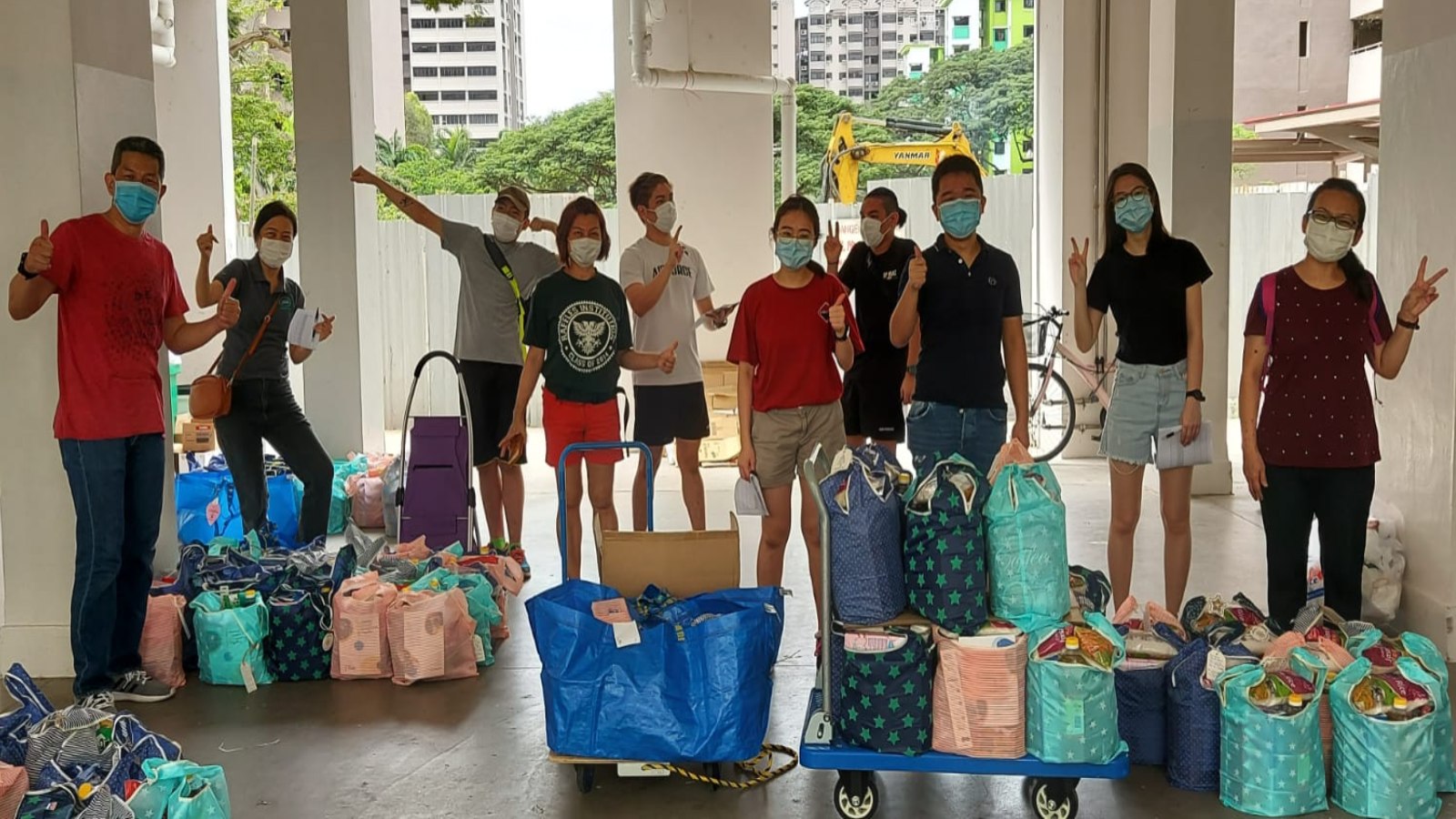
This is a fundamental mindset shift, for us to recognise that individual sacrifice should not be lauded excessively, or risk unsustainable giving.
Instead, by opening ourselves up to be heard and to hear, we can benefit from the support and empathy of an entire community of givers, receivers and supporters.
Giving and volunteerism should not be isolating experiences, but could instead be filled with multi-modal connections, and predicated on community.
Changing the narrative
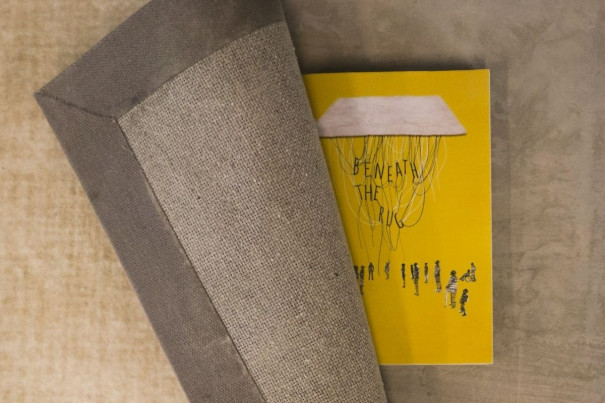
Beneath the Rug is an attempt to make the above possible. It has four goals:
First, we hope this resource will inspire more people to join the social impact sector and become changemakers in our communities.
Second, we hope to spark more meaningful volunteerism. Good intentions are necessary but often insufficient. Well-meaning actions often unleash a string of unintended consequences for better or worse, as some of the stories in Beneath The Rug illustrate.
Third, we also hope that this book can pave the way for intentional corporate engagement. How can we redefine and reimagine corporate social responsibility? We hope these stories might challenge corporations to step up and lead the way in best practices in the social sector.
Finally, we desire to see the birth of more social enterprises that will engage the ground in creative and relevant ways.
If this resonates with you, we invite you to join our efforts by purchasing the book for $30. Use this limited promotion code (FriendofSolve) to get free shipping. If you’d like to get more of a flavour of the stories, feel free to read the rest of the first chapter here.
(Editor’s note: You can get Beneath The Rug and The Pride’s Stories of Kindness in a bundle deal and save $10 on your purchase.)
Beyond the book, do write to us to share about your passions, goals and ideas about where social innovation can happen. Solve n+1 and Beneath the Rug are but small parts of the social sector in Singapore, and every effort counts.
Kenneth is the founder of Solve n+1.
If you like what you read, follow us on Twitter and Google News to get the latest updates.
